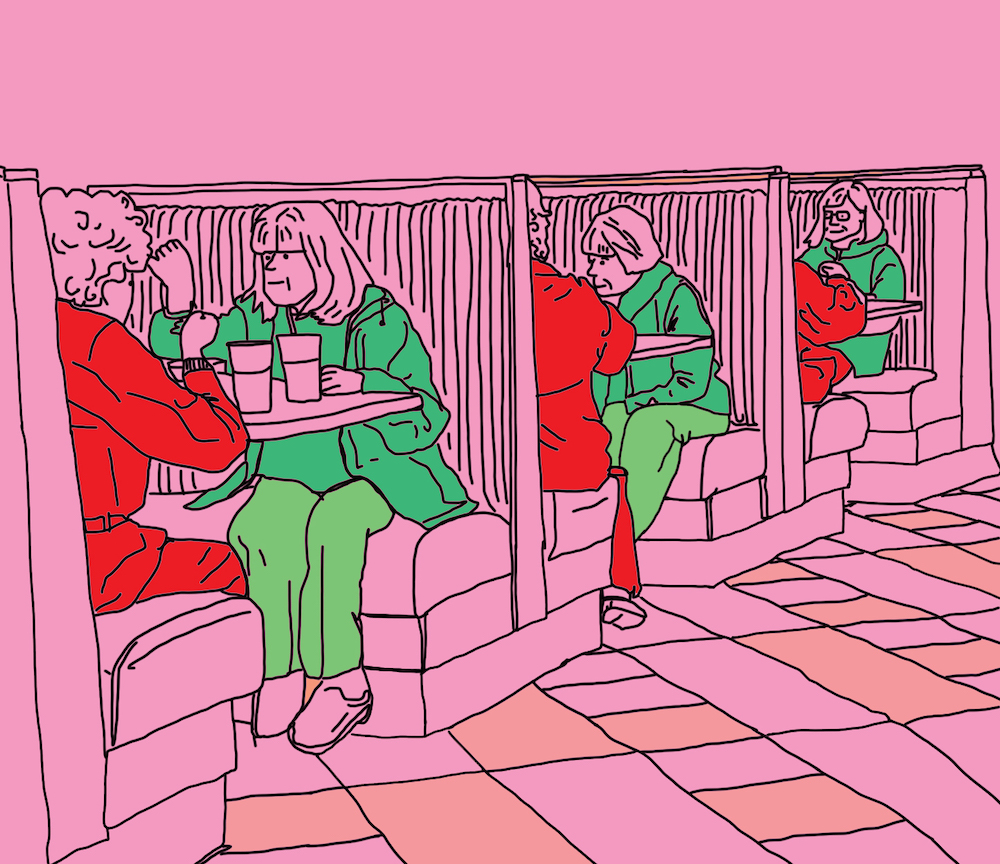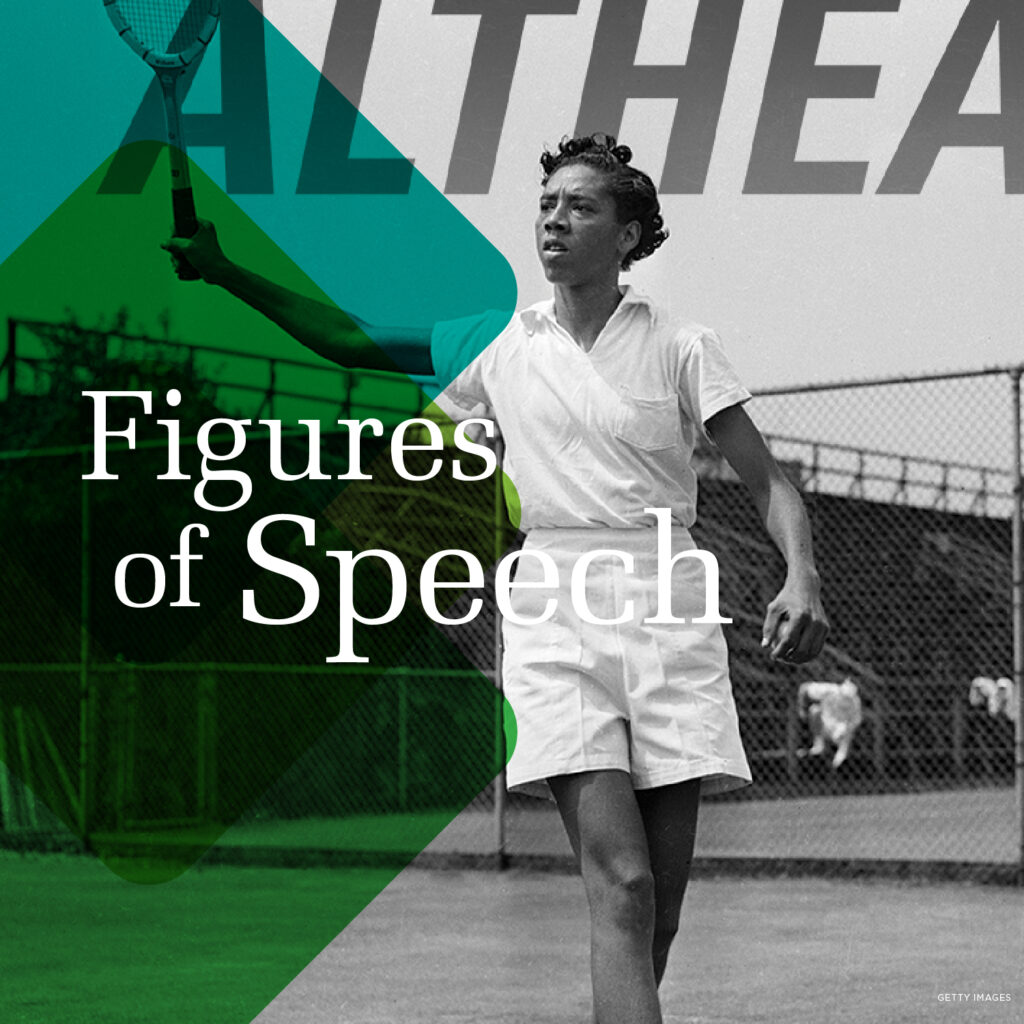The Meaning of Coincidence


Otherwise Principal and Chief Brand Strategist Nancy Lerner was in London, flipping through the International Edition of the New York Times when she was struck by a bizarre coincidence in the Culture section’s cover story. The story in question was “The rebirth of a Modernist treasure,” celebrating the return of the famous “Manhattan” mural by Josef Albers to the outer facade of the MetLife Building.
The MetLife Building (one of Nancy’s favorites in NYC) is the only building that our commercial real estate client, Irvine Company owns in the city. The published photo credits another Otherwise client, Artists Rights Society, the premier protector of artists’ intellectual rights in the U.S. Adding a third dimension to the coincidence is the fact that the Otherwise team had just finished researching and writing a blog post on Josef Albers and the Chicago Bauhaus for a third client, Optima, a real estate development firm focused on Modernist design principles.
It was like walking up 5th Avenue alongside Central Park, and running into three of your favorite cousins on opposite sides of the sidewalk at 86th Street — and none of you live in the city.
The fact that Nancy chanced upon the article in the International Edition of the New York Times in London, that Irvine Company collided with Artists Rights Society, that the Otherwise team has been channeling Josef Albers and the Bauhaus…. It was a series of happenstances that aligned perfectly to create what can only be described as a bizarre coincidence. Or is it something more?
Early Ideas of Synchronicity
In an Atlantic article on coincidence, writer Julie Beck best described the phenomenon as “a feeling that the fabric of life has rippled.” To experience a coincidence, particularly one that requires the alignment of multiple factors in order to even be made possible, is a feeling so powerful that we have to know why the coincidence happened.
The term “synchronicity” was first coined by psychologist Carl Jung. He used the term to describe “temporally coincident occurrences of acausal events.” The idea first struck Jung as he spoke with a patient who described a dream from the night before, one in which she was gifted a golden scarab. As the patient told the story, a tapping began on the window of Jung’s office. He opened the pane, and a scarabaeid beetle flew in, of gold-green coloring similar to a golden scarab. Jung caught the beetle and gave it to his patient, a breakthrough in his challenging treatment for her.
Why did it happen and what did it mean to him? Naturally, Jung attributed the occurrence to the paranormal. But others have taken his theory and explored it differently.
Little “Miracles” Everywhere
It’s challenging to say why exactly coincidences happen. British statistician David J. Hand took a mathematical approach in his book “The Improbability Principle.” He outlines five laws that explain why the improbable happens: The Law of Inevitability, The Law of Selection, The Law of Probability Lever, The Law of Near Enough and The Law of Truly Large Numbers. Basically, Hand believes that “the really unusual day would be the one where nothing unusual happens.” We have a tendency to underestimate the likelihood of low probability and overestimate the likelihood of high probability occurrences—meaning that bizarre coincidences are happening around us at startling rates, as constant and ever-present miracles.
Hebrew psychologist Ruma Falk found in a study that people rate their own coincidences as more surprising than others. That’s why it would be alarming to you if you yourself won the lottery, but not if somebody else were to win, because inevitably, somebody’s going to. These coincidences and improbabilities that we experience, such as golden beetle sightings at the opportune time, are not paranormal activities but rather, simply unexpected low probability events.
Pattern-Seeking and Meaning-Making Beings
The thing that truly makes coincidences remarkable is the meaning that we ascribe to them. Nick Epley, a professor of behavioral science, says that seeing coincidences is simply a facet of being human, and that it’s “a good way to learn about other people.”
By this logic, no one has learned more about other people than Dr. Bernard Beitman, Founder of Coincidence Studies. He’s credited as being the first psychologist to attempt to systemize the study of coincidences since Carl Jung. Beitman runs a website that collects coincidences, and so far has mined the data by categorizing each coincidence “like an early botanist.”
In his research, Beitman has found that certain personality traits are linked to experiencing more coincidences. “This is my big theory about coincidences,” he said, “they happen to certain kinds of people.” He goes on to describe those that are most likely to experience coincidences as, “those who are more connected with the world around them and those who are seeking meaning.”
There is a reason Nancy uncovered those connections in the New York Times article: because she was seeking meaning. Every day at Otherwise, we enter the world with curious eyes, attempting to understand the occurrences around us as we engage in pattern-seeking and meaning-making. We find connections in our everyday world, and find connections that make the work that we do for our clients more interesting and complex.








